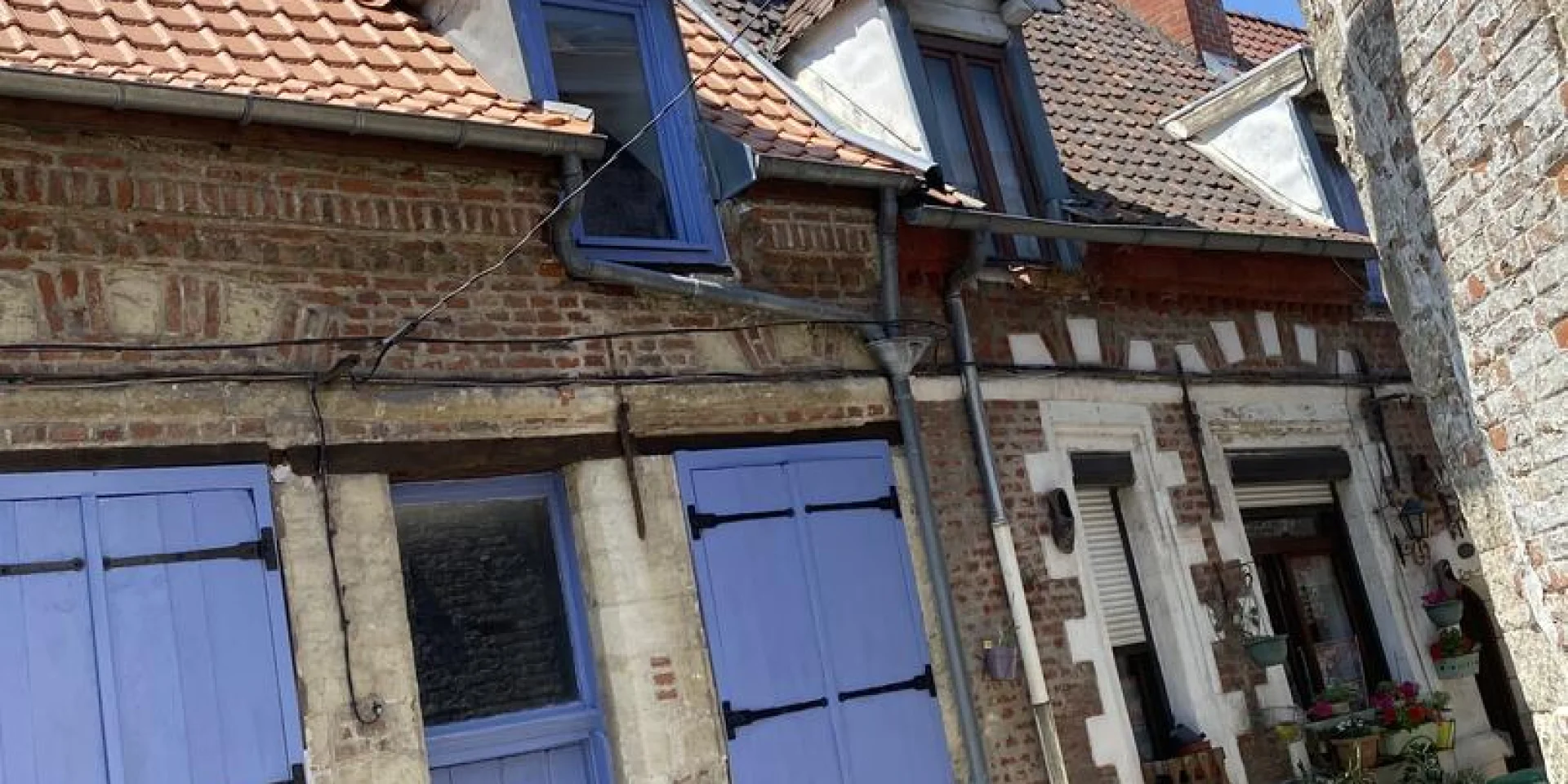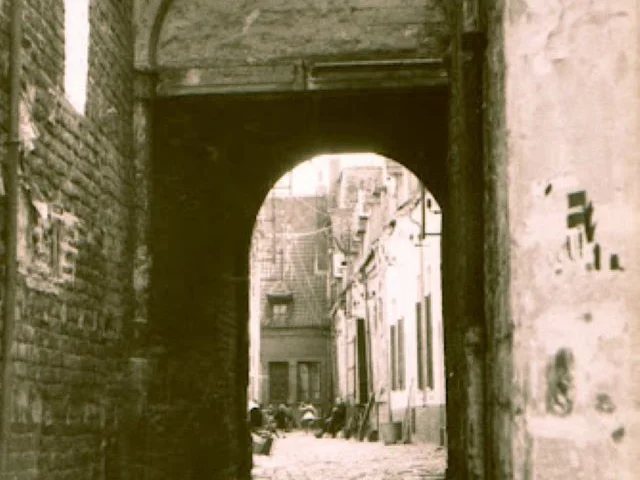STEREOSCOPY, A 3D ILLUSION
Impasse du béguinage – circa 1930 – Médiathèque Simone Veil.
Henri PERAUD – la Rochelle, 1895 – Levallois-Perret, 1960
A snapshot of Valenciennes in the 1930s. A stereoscopic view on glass from the Henri PERAUD photographic collection.
Stereoscopic photographs enable the reproduction of relief. The principle of stereoscopic vision has been known since Antiquity. It was the Greek mathematician Euclid who, as early as the 3rd century BC, discovered how our perception works in 3 dimensions. Man sees in relief because he has binocular vision. This means that the images perceived by the right and left eyes are slightly offset, enabling the brain to reconstruct volumes thanks to this complementary information. Stereoscopic photography is based on this principle. A camera equipped with two lenses simultaneously fixes two slightly offset images, one intended to be seen by the right eye and the other by the left, using a viewer.
The Simone Veil multimedia library holds several stereoscopic plates.


